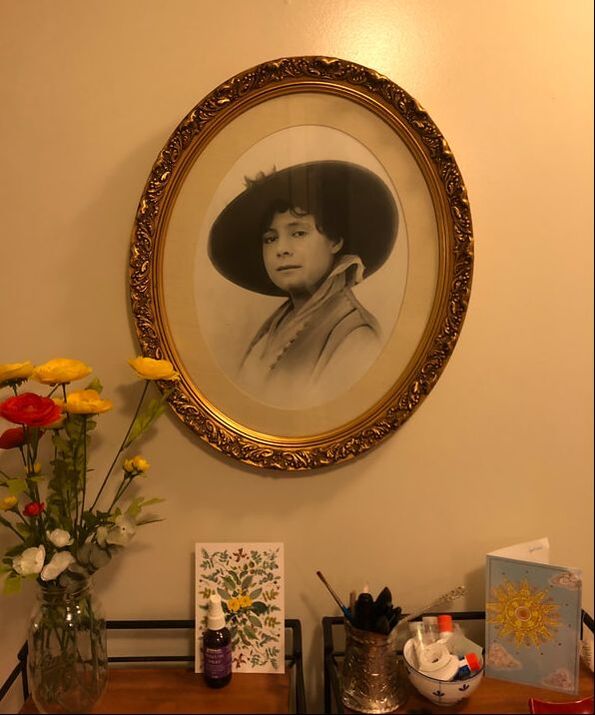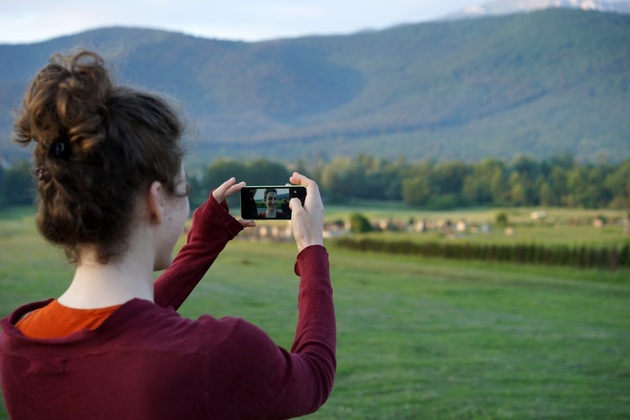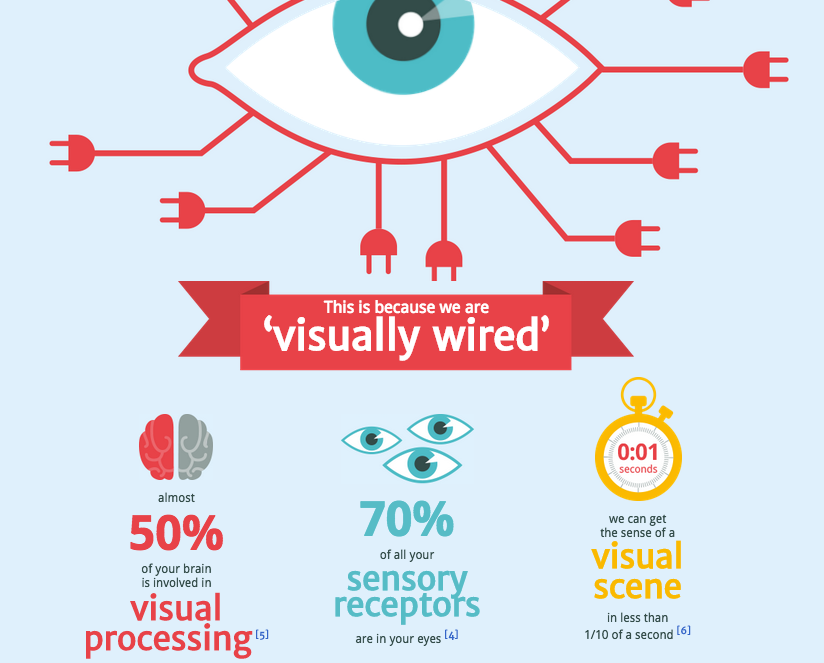|
'Nana Polly,' as she was known in my house growing up, was the matriarch of the family on my dad's side. In the 1960s, she made big meals for family who gathered for Friday night dinner and holidays in a small apartment in the Bronx. She was married to 'Papa Mark' who owned a bookstore in Manhattan with his brothers until he passed away in the 1950s, widowing her at age 40. She was the only great-grandparent I met and although she passed away when I was little, her reputation as THE cook lives on in chicken soup and schmaltz. But other than her recipes and a few black and white photos, I don't know much about Nana Polly, who she was as a young and middle-aged person, and how she coped with the unexpected events of her life.
... This summer, while helping my parents pack up our family home to sell, a framed picture of Nana Polly, was left in the attic closet. I took it home, and six months later, after finding myself recovering from a breakup, I decided to hang it up. Nana Polly would keep me company. I hung her up in the hallway where I would see her frequently. Over the past couple of months, as I've ridden the emotional roller coaster of recalibrating my life Nana Polly has looked on - her steady gaze silently reassuring me that this too shall pass. I've had good days and bad day and worse days. I've tried new yoga routines and gotten on dating sites. I've tried to stay busy. That was a few weeks ago. That was before coronavirus. Things are different now. Now, socially isolated in my apartment, not allowed to go out and meet people and have new experiences, I find myself looking at her photo more and more and wondering about her life. She was 23 in 1918, the year of the infamous 1918 flu. She was in her 40s when the polio epidemic happened. And in her 80s during the AIDs epidemic. What was it like for her to live through those uncertain times? Was she worried about her parents and picking up groceries for them? In the photo she is young, late teens or early twenties, unaware of the long life she would live (two days short of 99), and the loved ones she would lose much too soon (she would lose her husband, son, father, and favorite uncle all in a tragic two-year window to heart attacks or cancer). I gaze back at her, wondering what thoughts are behind her steely gaze and hope that strength is in me too.
1 Comment
Sitting on the top ledge of my desk is a small stack of books, including Making Work Work for the Highly Sensitive Person, which has been one in a series that have served as guideposts the last six years and helped me find positive associations for the adjective that so often felt shaming, "sensitive." I've grown to understand and even treasure the real benefits of the trait (referred to by the book as 20 percent of individuals who absorb and process information with greater depth). The trait has helped me as a researcher and social person to quickly perceive information about people and situations.
But the truth is I haven't opened the book in some time. In fact the past three years I've opened it hardly at all, a sharp contrast to graduate school when I read it and its close relative- Elaine Aron's The Highly Sensitive Person, an HSP-like bible, so often they practically slept on my pillow with me. As I've aged and gained new experiences the book, although I still feel tenderly towards it, sits more as a memorial to those prior moment of self-revelation. Ever the one to invest in self-growth, I'm now investigating the ultra-masculine framed work of Darren Hardy, success coach for the rich and famous. I'm synthesizing the privilege and empowerment seeded into Darren's tools with the prior wisdom I mined from the highly sensitive evangelists. Certainly more to come on this front. We are in the age of images. The saying 'a picture is worth a thousand words' has never been more true. The topic was at the heart of a conversation I found myself in last night at a local wine bar. Sipping merlot, I had just met Biljana and Vlatko, a photographer and web developer, at Cafe Novella's wine tasting event. Biljana, who goes by Bibi, had started a friendly conversation with me after learning I had just been living in Sarajevo. "We got married and two days later the war started," she stated with a detectable edge of Balkan humor. Bibi, now a highly skilled photographer in St. Louis, built her business from scratch with Vlatko at her side. Our conversation quickly turned to business. "You've got twelve seconds when they are on your website," Vlatko said, his tall frame leaning on the bar, one leg hiked up on the leg of a stool. Twelve seconds," he paused for effect, "they scroll, scroll, scroll and then you're in or you're out." He was talking of course, about the millennials. The infamous ADHD generation of clicks and likes. My generation, built on the shoulders of stained recipe cards and Lunchables, we inherited a taste for quality AND productivity. Bibi went and got her Ipad. We stood, scrolling through the images of women's bridal silhouettes in comfortable repose- long shimmering gowns, heads tilted, eyes peering over shoulders, through curtains. 'Every person is beautiful! I really believe that!' She told me giddily. So, what does an organization do to compete in the span of twelve seconds? Scientists have known for a long time that images have profound effects on the brain. There are reasons why images are powerful. According to researchers they: 1) Evoke emotion 2) Increase recall 3) Help not to overwhelm your brain Eye-catching images evoke feeling, are memorable, and communicate complex messages and values simply and aesthetically. If you only have twelve seconds, then choose your images thoughtfully. In the age of information overload, which images best represent you? How does one choose? Tips for Selecting Your Website PhotosWhen choosing a photo for your website, have a list at your side of your organization's values. Generate a list with answers to the following questions: 1. What are my values? Is it integrity? Loyalty? Equity? 2. What pictures come to mind when I think about my values? 3. What do the photos on my site depict? Do they represent the values I would like to convey? Consider photos that come to mind when you look at your answers. It helps to have a talented photographer at your side who can photograph you, your work, and what you believe or value most. If you are in need of high-quality images, you can find some for free online or hire a local photographer to capture what you or your organization do best. Don't forget to credit your photographers if you do not use your own photos. Bibi's and Vlatko now work primarily with elite bridal clients and commercials in the St. Louis area. Browsing through their impressive bridal fashion gallery, one hardly notices the different shapes, sizes, skin colors, and settings of each photo because Bibi's clear, consistent values of class, beauty, and style are found throughout. Her photos sell her photography service but also what Bibi loves and values most about her work. Now, what are your photos saying about you?
|
Reb on the WebThis is my personal blog where I share my search for meaning in both the nuanced and mundane. Archives
March 2020
Categories |





 RSS Feed
RSS Feed